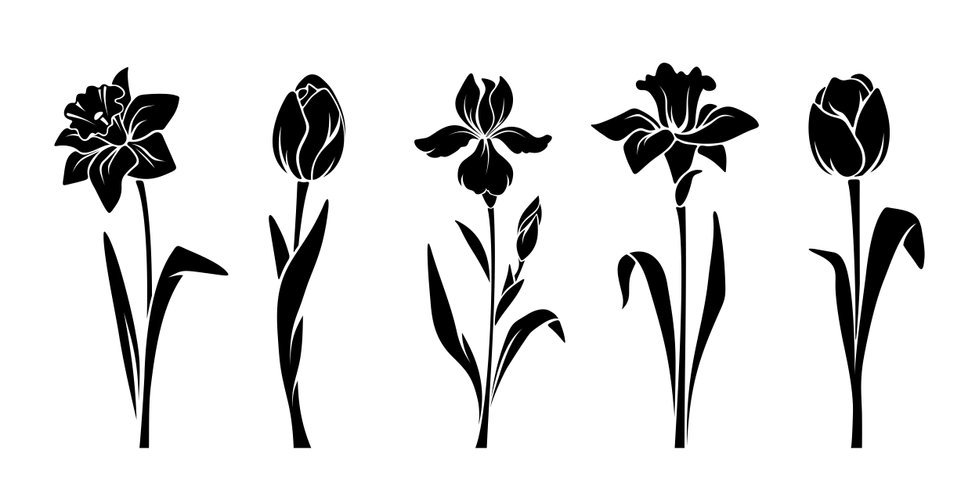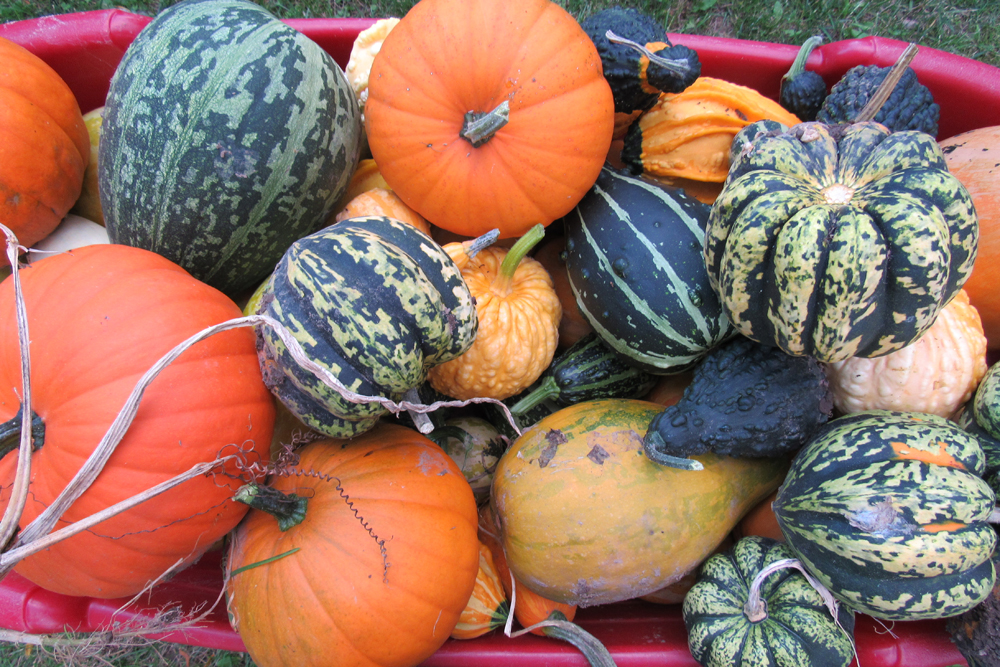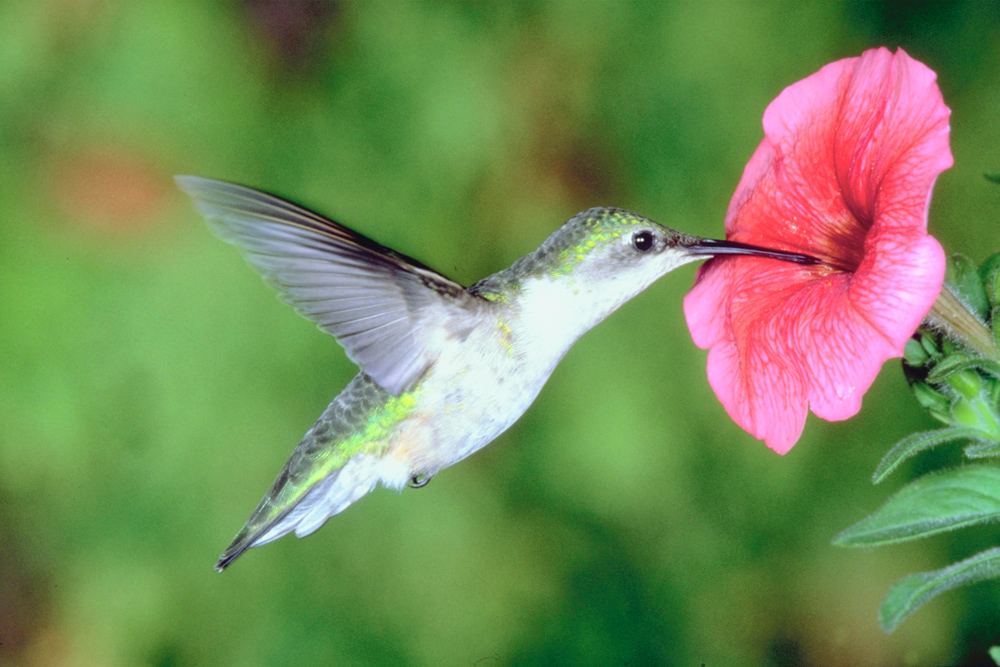GARDENS- Spring Bulb Choice

Question: I’d like to plant some spring-flowering bulbs, but I have a deer problem. What can I plant that they won’t bother?
Answer: Hungry deer love the foliage and flowers of tulips and crocus, and rodents also consume the bulbs, so confine these bulbs to areas of less wildlife activity! However, there are some bulbs not particularly bothered by deer or rodents. Daffodils are practically immune from animal damage in our area, and they come in a variety of sizes and blooming times, from late March to late May. Colors include white, pinks, and bright orange, as well as different shades of yellow. Winter aconites and snowdrops provide early color (yellow and white, respectively) and are usually not bothered. Leucojum, the ‘summer’ snowflake, is usually not bothered. There are several smaller bulbs that naturalize into carpets of color and are not usually bothered: Siberian squill, Chionodoxa, and Puschkinia, in shades of lavender, blue, purple, pink, or white, depending on the variety. Fritillaria are generally considered animal-proof. The most common types are the small checkered lily and the tall crown imperial. Allium may be sampled and then mostly avoided, in my experience.
Then, there are the intermediate-risk bulbs, for which some Master Gardeners report animal damage, and others do not. I would suggest assessing your deer pressure at your home and then trying a few, to see whether your particular deer herd will bother them or not. Deer food habits do vary from site to site!
Intermediate-risk bulbs include: Muscari, grape hyacinths (deer browsing on fall foliage doesn’t seem to affect them), Iris reticulata, an early-blooming bulbous iris, Hyacinths, Camassia species, Spanish bluebells or wood hyacinth (a shade-tolerant bulb whose latest name is Hyacinthoides hispanica).
Last, but not least: the species tulips are worth a try. Several Master Gardeners report that the deer don’t seem to find them. Low to the ground, color and size varying by the species, they all prefer a warm sunny well-drained spot and can be mulched with small gravel to deter rodents from digging.
Information provided by Cornell Cooperative Extension




